丝路资讯
第44届世界遗产大会 | 从中国泉州申遗成功回顾丝绸之路遗产历史


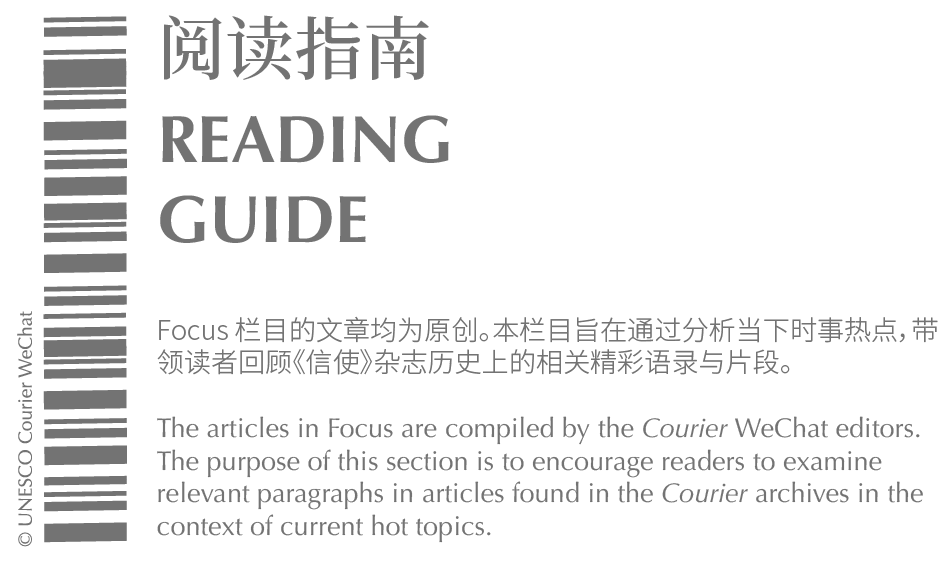
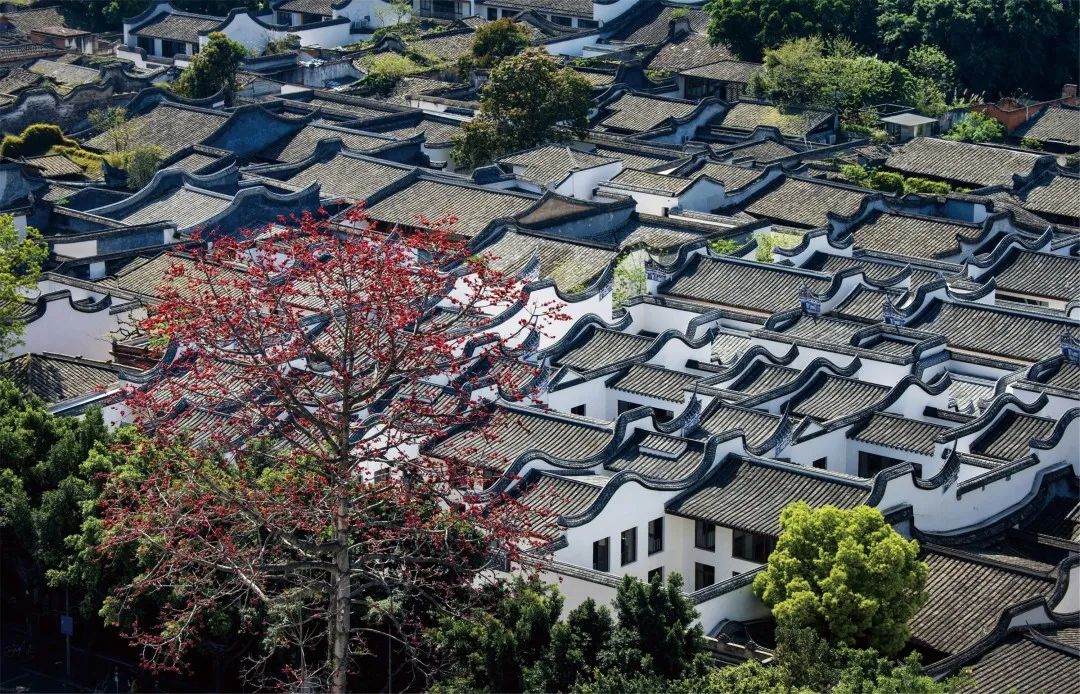
San Fang Qi Xiang (三坊七巷) © Fuzhou Municipal People's Government

Opening Ceremony of the Extended 44th session of the World Heritage Committee 16/07/2021 ©️Fuzhou Municipal People's Government
第44届世界遗产委员会会议于7月16至31日在线上召开,举办地为中国福州。会议探讨当前工作以及去年因新冠疫情推迟年会而遗留的内容。
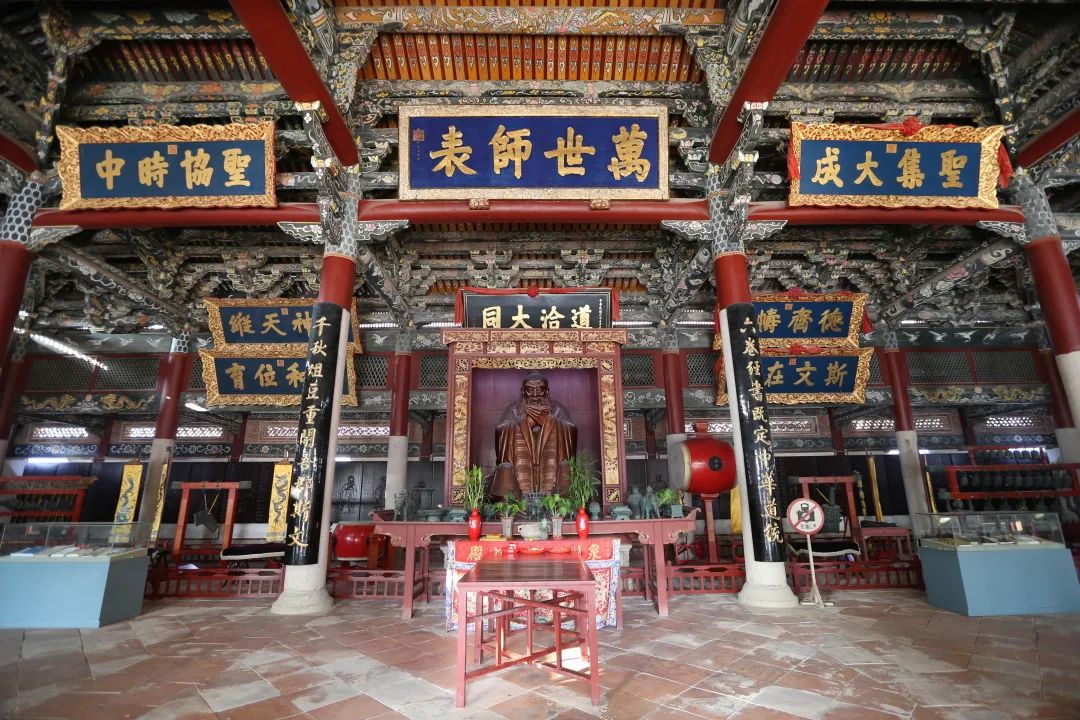
Interior of Dacheng Palace Hall/Author: Chen Yingjie
© Quanzhou maritime Silk Road World heritage Nomination Center
“泉州:宋元中国的世界海洋商贸中心”包含的22处遗址于7月25日成功列入《世界遗产名录》,《名录》再添一颗来自东方的璀璨明珠。
在中国56项世界遗产之中,宋元泉州别具意义。这里是古代海上丝绸之路的重要贸易中心,是可与埃及亚历山大港媲美的“东方第一大港”,也是马可·波罗笔下的“光明之城”。
本期《信使》Focus 栏目将盘点本次世界遗产大会新列入《世界遗产名录》的遗址,并通过泉州申遗成功回顾丝绸之路的在世界遗产历史上的意义。
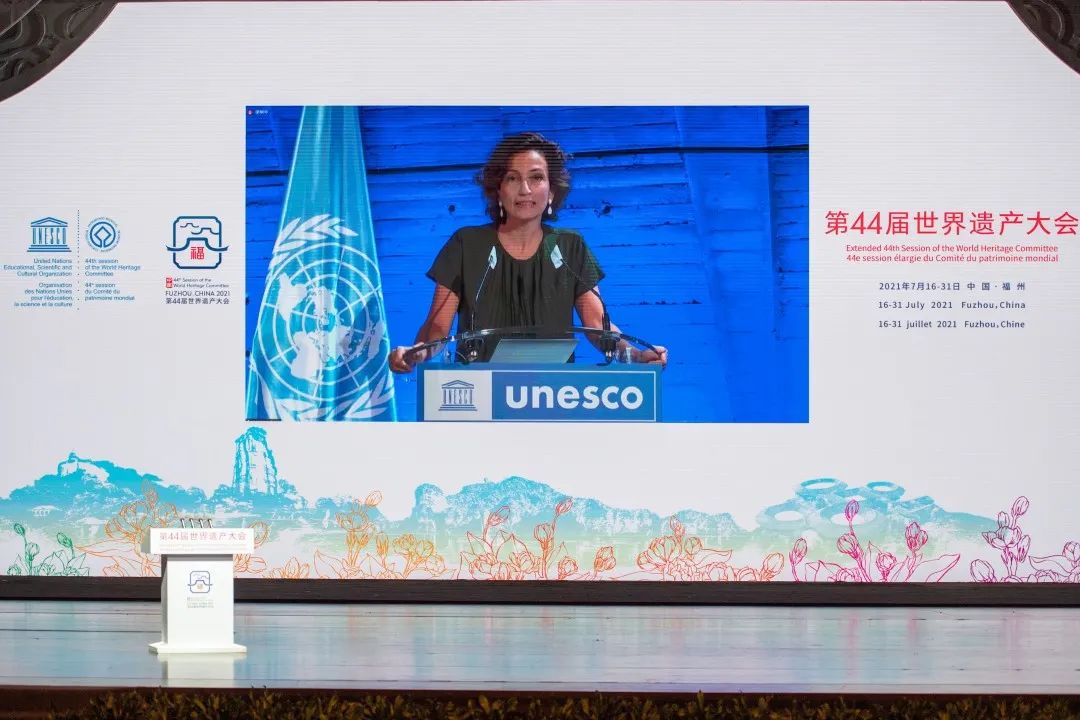
联合国教科文组织总干事奥德蕾·阿祖莱在开幕式演讲中引用了中国女诗人翟永明关于“未来不确定性”的描述,强调了世界遗产在当下的重要性。2020年《信使》杂志新冠疫情专刊 "女性重构的新世界"中收录了翟永明的此篇文章。© Fuzhou Municipal People's Government
中国,泉州:宋元中国的世界海洋商贸中心
该遗址群体现了泉州在中国宋元时期(公元10-14世纪)作为世界海洋商贸中心的活力,及其与中国腹地的紧密联系。泉州在亚洲海运贸易的这个重要时期蓬勃发展。遗产地包括多座宗教建筑,如始建于公元11世纪的清净寺(中国最早的伊斯兰建筑之一)、伊斯兰教圣墓,以及大量考古遗迹,如行政建筑、具有重要商贸和防御意义的石码头、制瓷和冶铁生产遗址、城市交通网道的构成元素、古桥、宝塔和碑文。
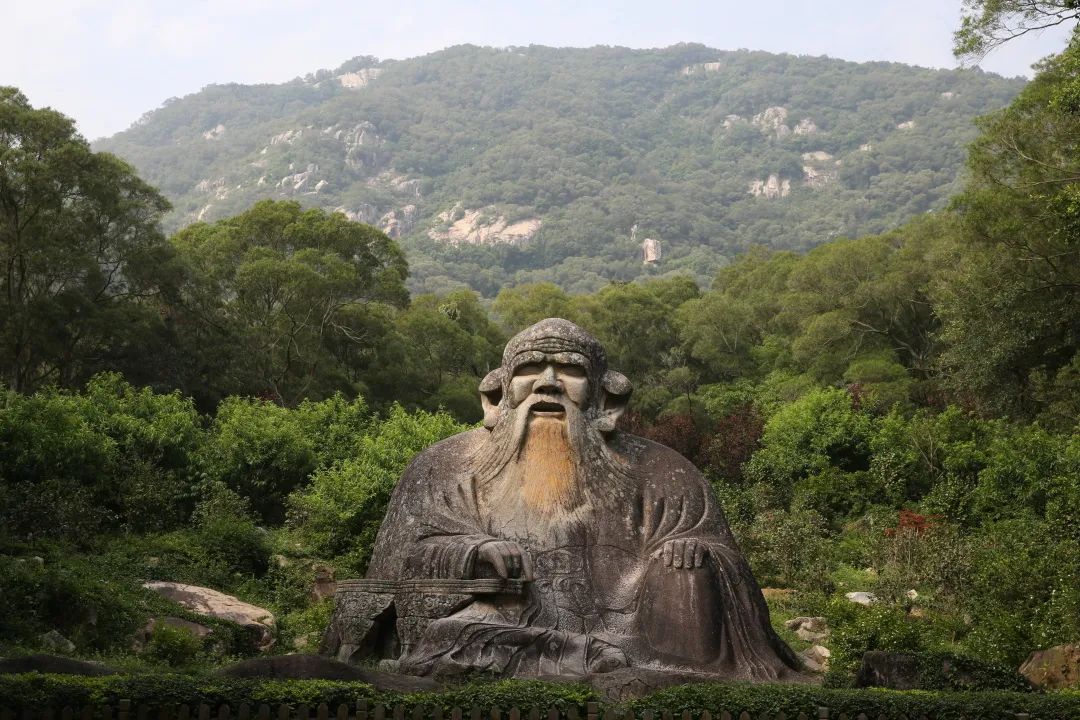
Statue of Lao Tze and Qingyuan Mountain/Author: Chen Yingjie
© Quanzhou Maritime Silk Road World heritage Nomination Center
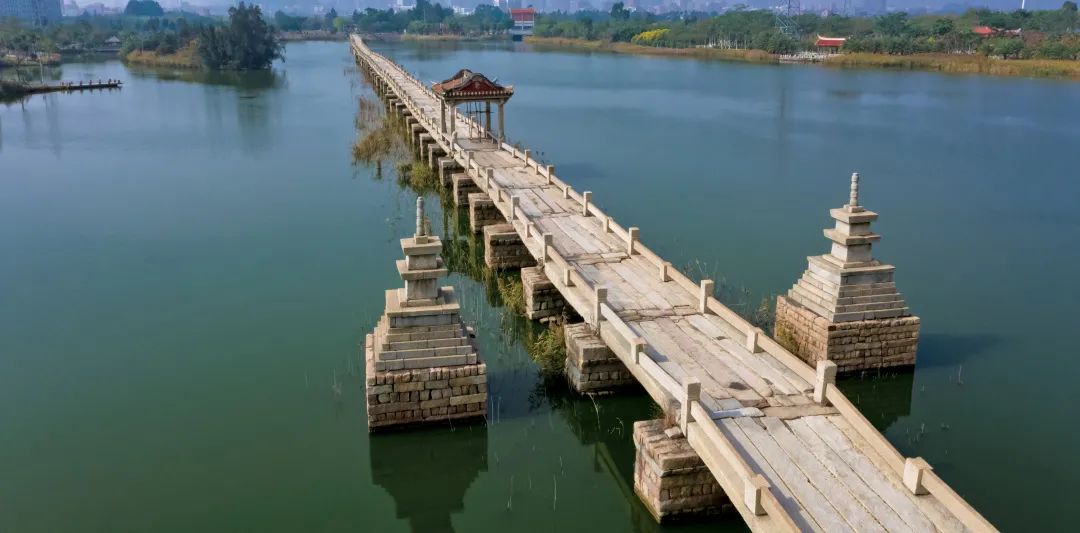
Zhenfeng Pagoda and rain pavilions/Author: Zheng Wengui
© Quanzhou maritime Silk Road World Heritage Nomination Center

Wenxing Dock/Author: Chen Qituo
© Quanzhou maritime Silk Road World Heritage Nomination Center
在公元10-14世纪的阿拉伯和西方文献中,泉州被称为刺桐。该遗产地还包括一座保留了部分原貌的元代寺庙,以及世界上仅存的摩尼石像。摩尼是摩尼教(又称琐罗亚斯德教)的创始人,该教约于公元6-7世纪传入中国。
1997年的《信使》杂志提及世界遗产应如何被定义及遴选。世界遗产的保护因埃及在上世纪五十年代决定建造阿斯旺高坝并可能摧毁古埃及文明的宝藏,从而开始受到国际社会的关注。
什么是世界遗产?

联合国教科文组织旨在鼓励鉴别、保护和保存世界各地那些被公认为对人类具有突出价值的文化和自然遗产。一个旨在保护其他国家遗址的国际运动诞生于第一次世界大战后。然而,引起国际关注的标志性事件是在埃及建造阿斯旺高坝的决定。此决定本会淹没包含阿布辛贝神庙的山谷,也是古埃及文明的一处宝藏。
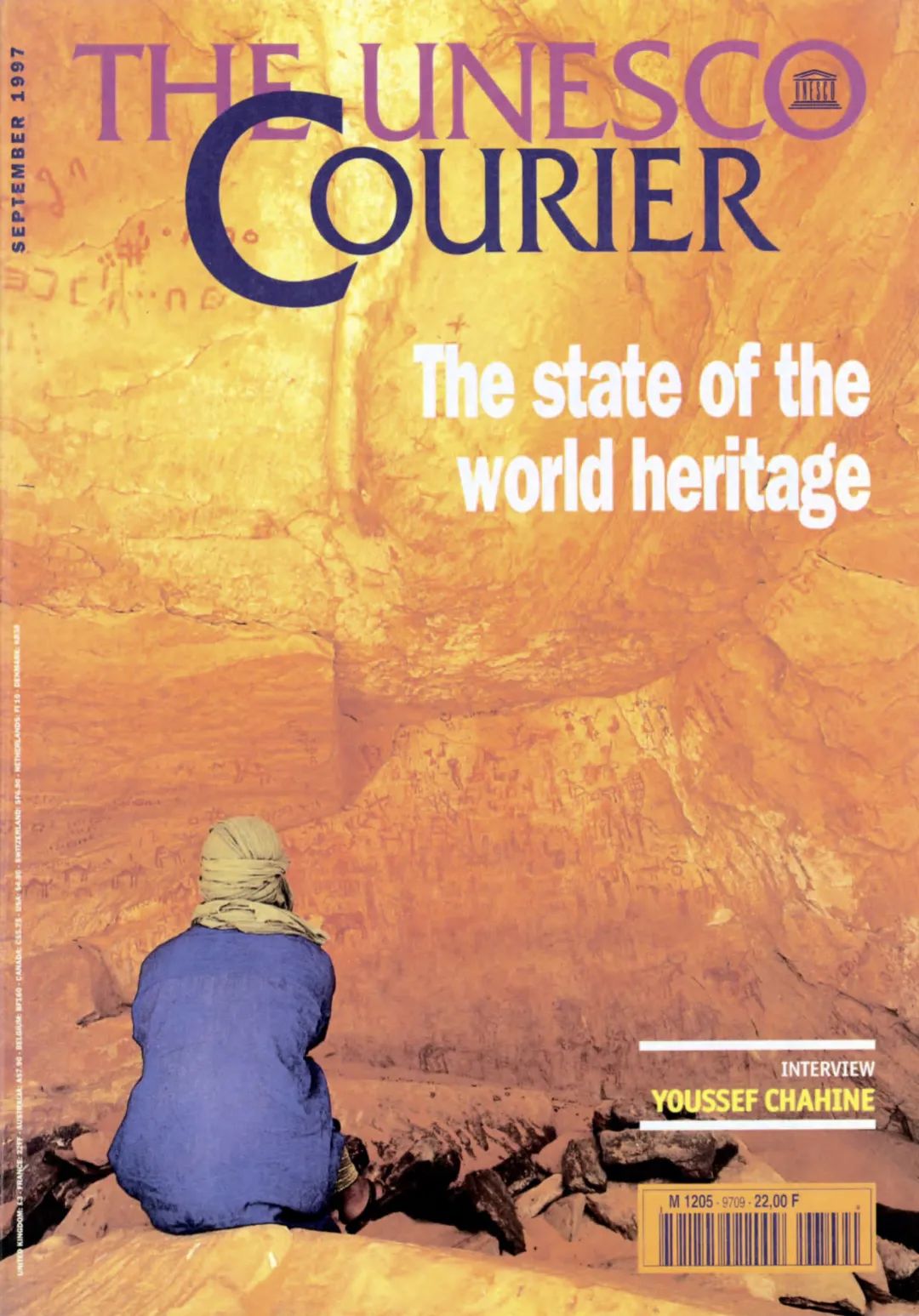
1959年,在埃及和苏丹政府的呼吁下,联合国教科文组织决定发起一场国际运动,阿布辛贝神庙和菲莱神庙被拆除,移至干地并重新组装起来。
...
遴选标准:如要列入《世界遗产名录》,遗产地必须符合名为《操作指南》的手册中所罗列的遴选标准。除了《世界遗产公约》(1972年)的文本外,《操作指南》是关于世界遗产的主要工作文件。世界遗产委员会定期修订这些标准,以配合世界遗产概念本身的发展。
—— ”What is World Heritage“
via The State of the World Heritage (September 1997)

1988年,联合国教科文组织前任总干事弗雷德里克·马约尔·萨拉戈萨发表文章,强调了世界遗产作为人类共同遗产的重要意义。
"为所有人留下的遗产"

联合国教科文组织总干事弗雷德里克·马约尔·萨拉戈萨(Frederico Mayor Zaragoza):
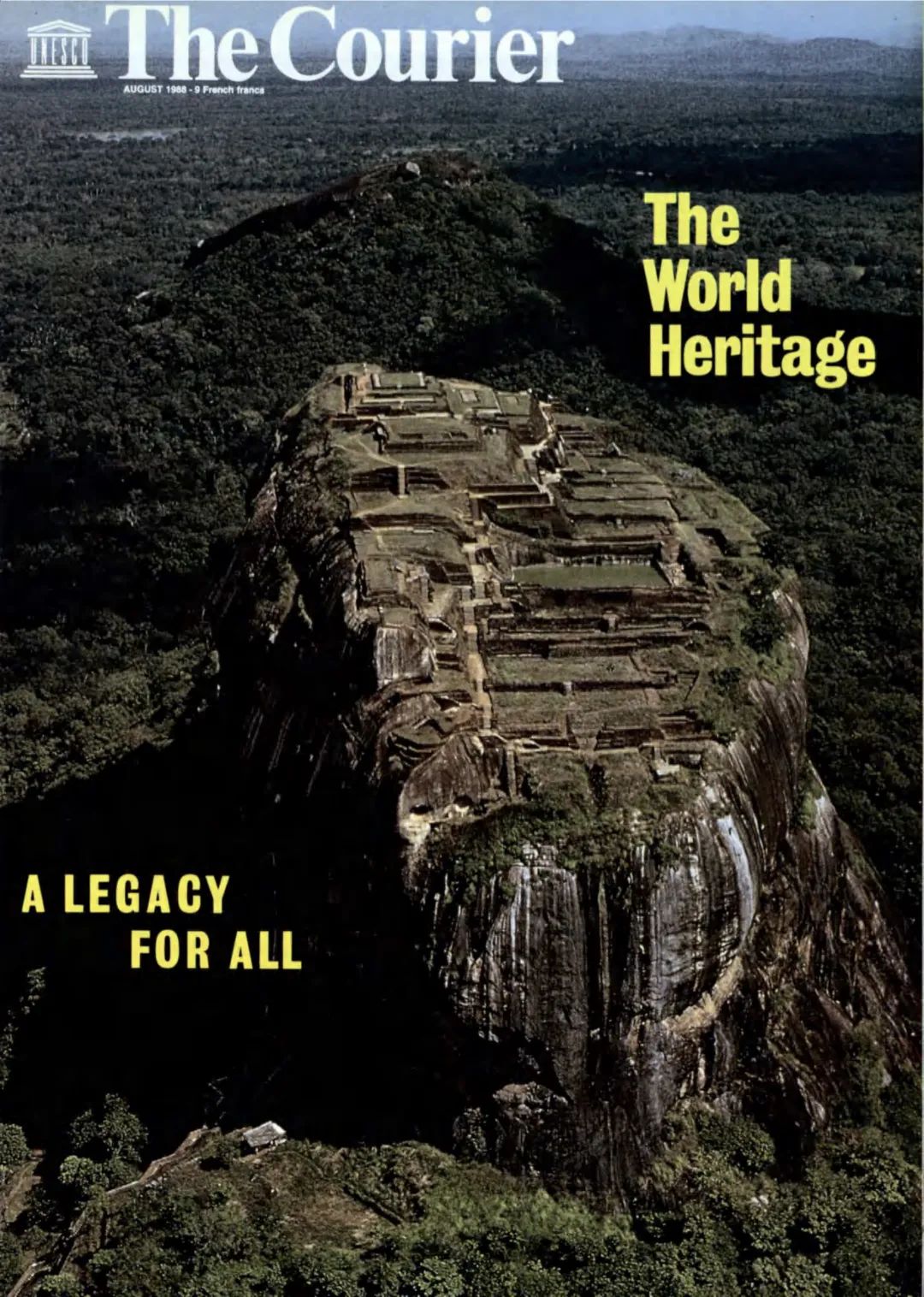
每个民族的文化遗产都体现了其千姿百态的才能以及其神秘的延续性。它结合了几个世纪以来所创造的和未来可能创造的一切。一个民族与生俱来的的活力和创造力使其保护这些遗产。
...
《世界遗产名录》的编制使我们有可能度量这一遗产极度丰富的多样性。因此,联合国教科文组织忠于其使命,为发掘全人类的遗产作出贡献。
—— ”A Legacy for All“
via The World Heritage, A Legacy for All (August 1988)

联合国教科文组织出版的《世界遗产杂志》(World Heritage Magazine)上曾刊登关于丝绸之路沿线的文化遗产的文章,展现了丝绸之路文明对当时社会产生的深远影响,以及丝绸之路申遗成功的重要性。
"保护丝绸之路沿线的文化遗产":
历史上最长的文化路线

正如纳尔逊·曼德拉曾经所说:"在事情未完成之前,一切都看似不可能。” 在2014年6月在卡塔尔多哈举行的第38届世界遗产大会上,世界遗产委员会将 "丝绸之路:长安—天山廊道的路网" 列入世界遗产名录。该遗产绵延约5000公里,包括中国、哈萨克斯坦和吉尔吉斯斯坦三个国家的一系列33处遗址。

对于保护丝绸之路沿线文化遗产的长期国际合作而言,此次申遗成功是一项重大成就。这一系列合作在20世纪90年代联合国教科文组织开展 "丝绸之路整体研究”时开始。此项研究计划规模宏大,强调了丝绸之路国家之间的共同点,促进了人类共同遗产的概念。
...
丝绸之路是连接亚洲、次大陆、中亚、西亚和近东的古代社会的一个相互关联的路线网,东西长约7500公里,沿途许多支线覆盖约35000多公里。虽然这些路线的一部分已经使用了几千年,但它的流通量在公元前2世纪大幅增加。东西方之间的高价值商品(如丝绸)的长途贸易也随之繁荣,尤其是古代中国和罗马帝国之间。
这些交流,在政治、社会和文化层面,对所触及到的社会产生了深远影响。近两千年来,东西方之间的交流帮助发展了世界上许多伟大的文明,为人类的共同繁荣增添了光彩。
—— ”Safeguarding Cultural Heritage Along the Silk Roads“
via World Heritage: The Silk Roads (No. 93, October 2019)

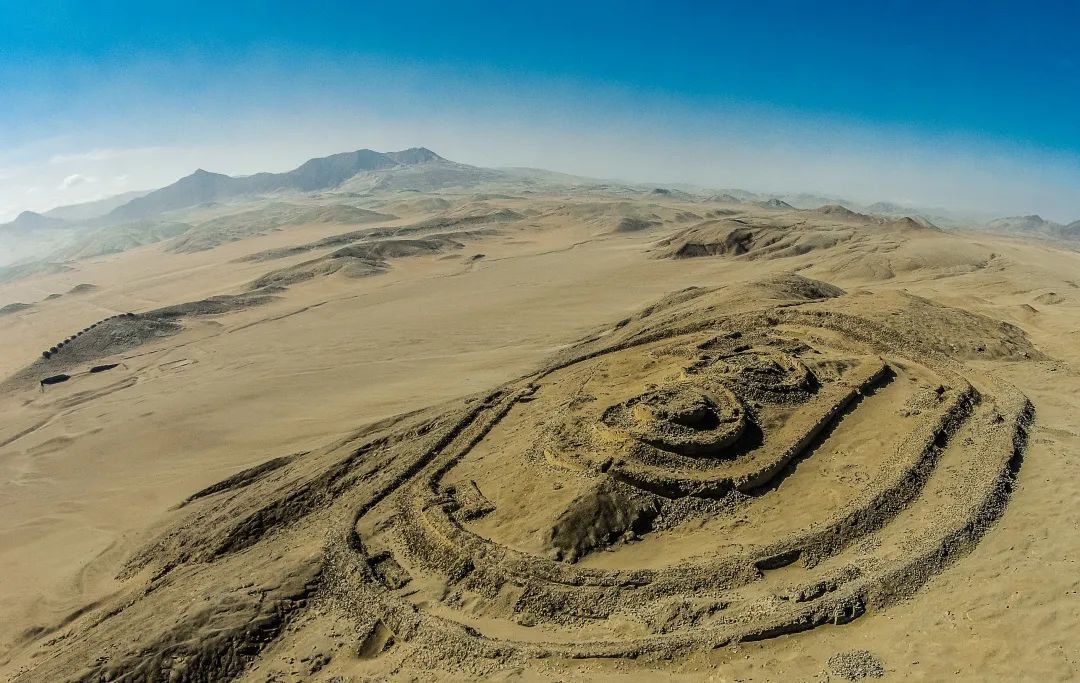
Aerial view of the Fortified Temple/Municipalidad Provincial de Casma
© IDARQ
截至发稿,本届世界遗产大会累计了2020年和2021年的提名,共新增33处世界遗产,其中28处为世界文化遗产,5处为世界自然遗产。
2020年新增文化遗产
阿斯兰特佩土丘(土耳其)
长基罗天文古建遗址群(秘鲁)
慈善定居点(比利时,荷兰)
科尔杜昂灯塔(法国)
特伦甘纳邦的卡卡提亚王朝卢德什瓦拉(拉玛帕)神庙
达姆施塔特的玛蒂尔德高地(德国)
绘画之都帕多瓦,乔托的斯克洛维尼礼拜堂及帕多瓦14世纪壁画群(意大利)
普拉多大道和丽池公园,艺术与科学景观之地(西班牙)
泉州:宋元中国的世界海洋商贸中心(中国)
罗西亚蒙大拿矿业景观(罗马尼亚)
罗伯托·布雷·马克思庄园(巴西)
欧洲温泉疗养胜地(奥地利,比利时,捷克,法国,德国,意大利,英国)
工程师埃拉蒂奥·迪埃斯特的作品:阿特兰蒂达教堂(乌拉圭)
伊朗纵观铁路(伊朗)
奈季兰的希马岩画(沙特阿拉伯)
2020年新增自然遗产
奄美大岛、德之岛、冲绳岛北部及西表岛(日本)
科尔基斯雨林及湿地(佐治亚)
韩国滩涂(韩国)
岗卡章森林保护区(泰国)
2021年新增文化遗产
阿萨尔特——包容之地与好客之城(约旦)
豪拉曼/乌拉玛纳特文化景观(伊朗)
多拉维拉:哈拉帕文明古城(印度)
罗马帝国边境—下日耳曼界墙(德国,荷兰)
日本北部的绳纹史前遗址群(日本)
里维埃拉旅游之都尼斯(法国)
奥涅加湖和白海的岩刻(俄罗斯)
阿里卡和帕里纳科塔地区的新克罗文化聚落及木乃伊制作(智利)
施派尔、沃尔姆斯和美因茨的犹太社区遗址(德国)
科特迪瓦北部的苏丹式清真寺(科特迪瓦)
博洛尼亚的拱廊(意大利)
威尔士西北部的板岩景观(英国)
卢布尔雅那的约热·普列赤涅克作品——以人为本的城市设计(斯洛文尼亚)
2021年新增自然遗产
伊温多国家公园(加蓬)

Extended 44th session of the World Heritage Committee, Fuzhou (China)/Online meeting. UNESCO Paris, Room 1 (23/07/2021)/Eric Esquivel © UNESCO
The 44th Session of the World Heritage Committee |History of World Heritage from the Silk Roads to Quanzhou’s Successful Inscription
The World Heritage Committee’s 44th session is chaired from Fuzhou (China) and takes place online from 16 to 31 July, combining current work and issues left outstanding since last year, when the annual meeting was postponed due to COVID-19.
“China, Quanzhou: Emporium of the World in Song-Yuan China” featuring 22 historical sites was successfully added to the World Heritage List on the 25th of July. Among the 56 World Heritage that come from China, Song-Yuan Quanzhou is very special, in that it was an important trading hub in the ancient Maritime Silk Road, with a port that rivalled the port of Alexandria. This Focus article will take the readers on a tour of the latest additions to the UNESCO World Heritage List. Along the way we will celebrate Quanzhou’s success and explore the importance of the Silk Roads in the history of World Heritage.
UNESCO Director-General Audrey Azoulay in her opening address referenced the female Chinese poet, Zhai Yongming, and her description of an “uncertainty of the future”, emphasizing the importance of World Heritage for our societies today. Zhai’s article was published in Courier’s 2020 special issue on Covid-19, “A Whole New World, Reimagined by Women”.
China, Quanzhou: Emporium of the World in Song-Yuan China
The serial site of Quanzhou illustrates the city’s vibrancy as a maritime emporium during the Song and Yuan periods (10th - 14th centuries AD) and its interconnection with the Chinese hinterland. Quanzhou thrived during a highly significant period for maritime trade in Asia. The site encompasses religious buildings, including the 11th century AD Qingjing Mosque, one of the earliest Islamic edifices in China, Islamic tombs, and a wide range of archaeological remains: administrative buildings, stone docks that were important for commerce and defence, sites of ceramic and iron production, elements of the city’s transportation network, ancient bridges, pagodas, and inscriptions. Known as Zayton in Arabic and western texts of the 10th to 14th centuries AD.
The Courier in 1997 published articles discussing the ways in which world heritage should be defined and selected. The protection of world heritage gained international recognition since the decision was made in the 1950s to build the Aswan High Dam in Egypt, which risked destroying Ancient Egyptian treasures.
What is the World Heritage?

The United Nations Educational, Scientific and Cultural Organization (UNESCO) seeks to encourage the identification, protection and preservation of cultural and natural heritage around the world considered to be of outstanding value to humanity. The idea of creating an international movement for protecting sites in other countries emerged after World War I, but the landmark event in arousing international concern was the decision to build the Aswan High Dam in Egypt, which would have flooded the valley containing the Abu Simbel temples, a treasure of ancient Egyptian civilization. In 1959, after an appeal from the governments of Egypt and Sudan, UNESCO decided to launch an international campaign, and the Abu Simbel and Philae temples were dismantled, moved to dry ground and reassembled.
...
Selection Criteria
To be included on the World Heritage List, sites must satisfy the selection criteria which are explained in a booklet titled Operational Guidelines which, besides the text of the Convention, is the main working document on World Heritage. The criteria have been revised regularly by the Committee to match the evolution of the World heritage concept itself.
—— ”What is World Heritage“
via The State of the World Heritage (September 1997)

In 1988, Director-General of UNESCO, Frederico Mayor Zaragoza wrote an article emphasizing the importance of world heritage as a common legacy for all humans.
“A legacy for all”

The cultural heritage of each people is an expression of the thousand and one facets of its genius and of the mysterious continuity which unites all it has created over the centuries and all it has the potential to create in the future. The preservation of this heritage is an activity inherent in a people’s vitality and creativity.
…
The compilation of the List makes it possible to measure the extreme wealth and diversity of this heritage. Faithful to its mission, UNESCO is thus contributing to the discovery by each of the heritage of all.
—— ”A Legacy for All“
via The World Heritage, A Legacy for All (August 1988)

The World Heritage Magazine published by UNESCO features the Silk Roads as World Heritage. The Silk Roads merited this significant recognition because of their profound influence on the societies concerned.
“Safeguarding cultural heritage along the Silk Roads”: The longest cultural route in history

As Nelson Mandela once said:‘It always seems impossible until it is done!’ During its 38th session in June 2014 in Doha, Qatar, the World Heritage Committee inscribed The Silk Roads: the Routes Network of Chang’an-Tian-shan Corridor on the World Heritage List. The serial property extends some 5,000 kilometres and encompasses 33 component sites in three countries, China, Kazakhstan and Kyrgyzstan.
The inscription represented a major achievement in a long process of international cooperation for safeguarding cultural heritage along the Silk Roads. It began in the 1990s when UNESCO organized the ‘Integral Study of the Silk Roads: Roads of Dialogue’, a large-scale research programme highlighting commonalities among Silk Roads countries and promoting the concept of a shared heritage of humanity.
The longest cultural route in history
The Silk Roads were an interconnected web of routes linking the ancient societies of Asia, the Subcontinent, Central Asia, Western Asia and the Near East, stretching to about 7,500 km east to west but covering over 35,000 km along all the many branch routes. While parts of these routes had been in use for millennia, by the 2nd century BCE the volume of exchange had increased substantially, as had the long-distance trade between East and West in high-value goods such as silk, particularly between the Chinese and Roman Empires.
The political, social and cultural impacts of these movements had far-reaching consequences for all the societies touched by them. For almost two millennia the exchange between East and West helped develop many of the world’s great civilizations and added to the common prosperity of humankind.
—— ”Safeguarding Cultural Heritage Along the Silk Roads“
via World Heritage: The Silk Roads (No. 93, October 2019)

Asof press timeIn this year’s World Heritage Committee meeting, which combined the proposals from 2020 and 2021, 33 new properties were added to the World Heritage List; 28 are cultural properties and 5 are natural properties.
New inscribed cultural properties 2020:
Arslantepe Mound (Turkey)
Chankillo Archaeoastronomical Complex (Peru)
Colonies of Benevolence (Belgium, Netherlands)
Cordouan Lighthouse (France)
Kakatiya Rudreshwara (Ramappa) Temple Telangana (India)
Mathildenhöhe Darmstadt (Germany)
Padua’s fourteenth-century fresco cycles (Italy)
Paseo del Prado and Buen Retiro, a landscape of Arts and Sciences (Spain)
Quanzhou: Emporium of the World in Song-Yuan China (China)
Roșia Montană Mining Landscape (Romania)
Sítio Roberto Burle Marx (Brazil)
The Great Spa Towns of Europe (Austria, Belgium, Czechia, France, Germany, Italy, United Kingdom of Great Britain and Northern Ireland)
The word of engineer Eladio Dieste: Church of Atlántida (Uruguay)
Trans-Iranian Railway (Islamic Republic of Iran)
Himā Cultural Area (Saudi Arabia)
New inscribed natural properties 2020:
Amami-Oshima island, Tokunoshima Island, Northern part of Okinawa Island, and Iriomote Island (Japan)
Colchic Rainforests and Wetlands (Georgia)
Getbol, Korean Tidal Flats (Republic of Korea)
Kaeng Krachan Forest Complex (Thailand)
New inscribed cultural properties 2021:
As-Salt-- The Place of Tolerance and Urban Hospitality (Jordan)
Cultural Landscape of Hawraman/ Uramanat (Islamic Republic of Iran)
Dholavira: a Harappan City (India)
Frontiers of the Roman Empire-- the Lower German Limes (Germany, Netherlands)
Jomon Prehistoric Sites in Northern Japan (Japan)
Nice, Winter Resort Town of the Riviera (France)
Petroglyphs of Lake Onega and the White Sea (Russian Federation)
Settlement and Artificial Mummification of the Chinchorro Culture in the arica and Parinacota Region (Chile)
ShUM Sites of Speyer, Worms and Mainz (Germany)
Sudanese style mosques in northern Côte d’Ivoire (Côte d’Ivoire)
The Porticoes of Bologna (Italy)
The Slate Landscape of Northwest Wales (United Kingdom of Great Britain and Northern Ireland)
The works of Jože Plečnik in Ljubljana – Human Centred Urban Design (Slovenia)
New inscribed natural properties 2021:
Ivindo National Park (Gabon)
复制粘贴网址链接,阅读并下载《信使》杂志全文
The State of the world heritage (September 1997)
https://unesdoc.unesco.org/ark:/48223/pf0000109370?posInSet=2&queryId=f4e44b71-a405-4c0f-9c07-338df03a83b7
A Legacy for all (August 1988)
https://unesdoc.unesco.org/ark:/48223/pf0000080951
Cultural sites in China, India, Iran and Spain inscribed on UNESCO’s World Heritage List
https://en.unesco.org/news/cultural-sites-china-india-iran-and-spain-inscribed-unescos-world-heritage-list
WHC: New Inscribed Properties (2021)
https://whc.unesco.org/en/newproperties/
World Heritage Magazine: The Silk Roads
https://unesdoc.unesco.org/ark:/48223/pf0000372195?posInSet=1&queryId=91ff70ea-4531-403b-b202-051bed990c04
©️该文章及图片版权归联合国教科文《信使》杂志所有
部分图片来自 Shutterstock
欢迎分享到朋友圈,转载及合作请联系我们
wechat.unescocourier@gmail.com
往期 Focus 文章精选
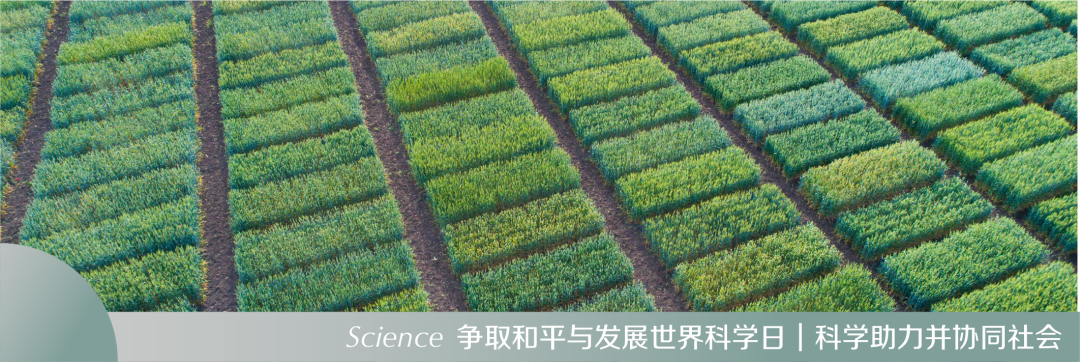

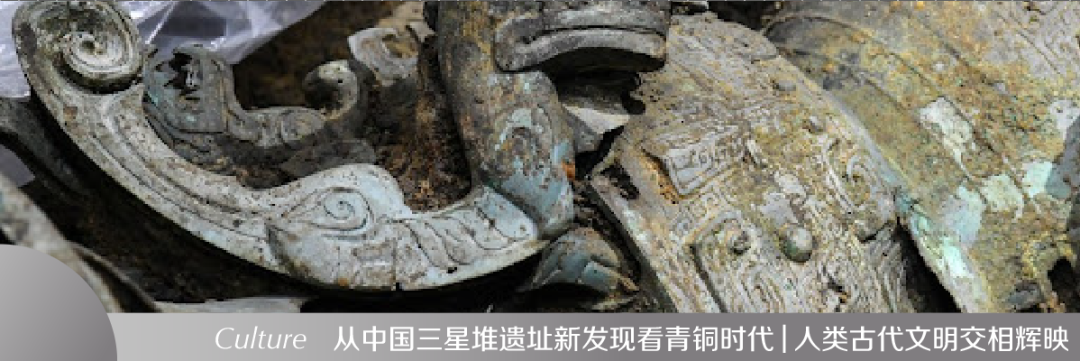
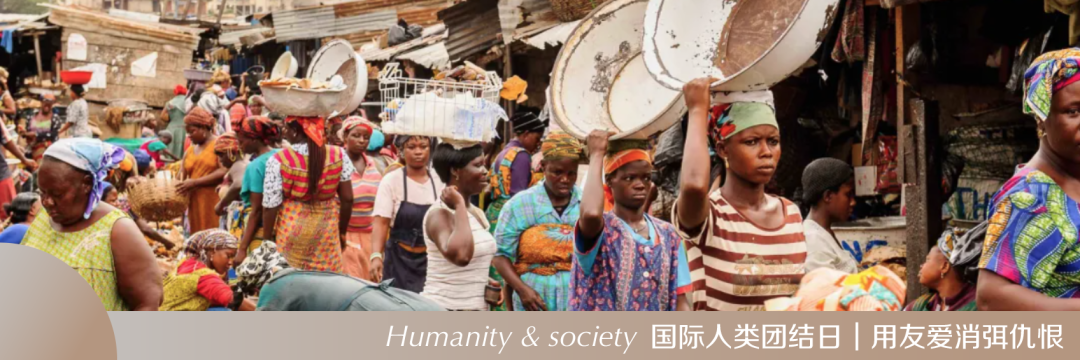

—— ”Editorial“
via What’s New in Archaeology (July 1985)
